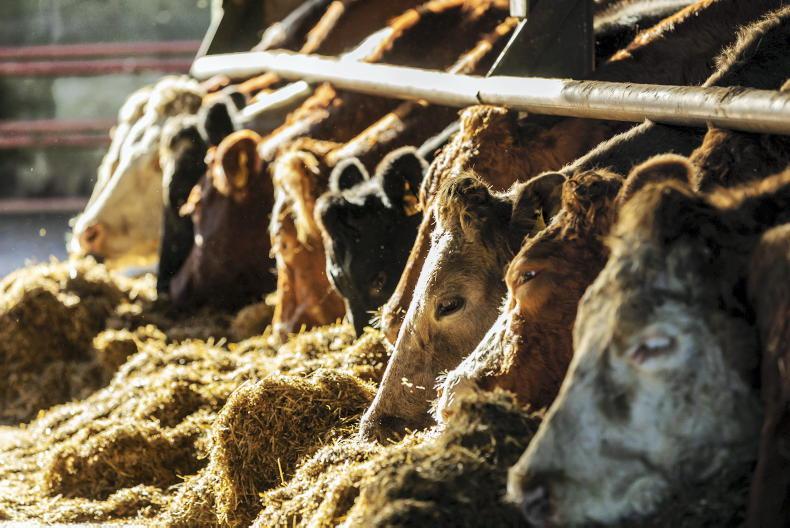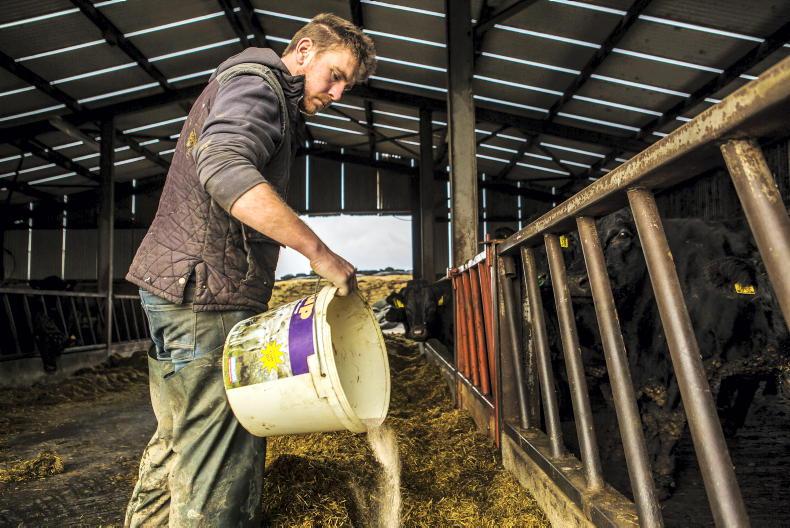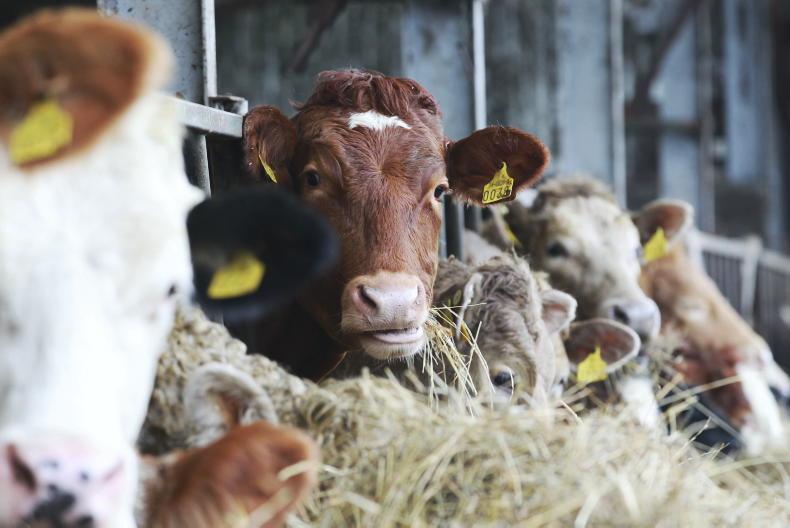Ewe condition
Reports from sheep scanning operators and others in the industry point to a worrying increase in the percentage of ewes below optimum body condition in many flocks.
In some instances scanners said that farmers were alarmed at the loss of condition in some ewes which were handled four to six weeks earlier.
Tight grass supplies combined with inclement weather and ewes already being in suboptimal condition were among the factors attributed to issues presented, with delayed introduction of supplementary feed cited in others.
While the latest reports are linked to later lambing flocks, there were reports as far back as breeding from earlier lambing flocks having a higher percentage of ewes lacking condition.
The monitoring of ewe condition needs to be carried out regularly. Ideally ewes should be batched on condition, with high risk batches receiving preferential treatment in the run up to lambing.
Forage resources on hill/mountain areas are also said to have been depleted quicker this year. Unsurprisingly, optimism in many hill sheep flocks is at a low level given the collapse in the value of light lambs in recent months.
Failing to take action will compound issues and trigger increased problems and higher levels of mortality. Introducing forage, feed buckets or targeted concentrate feeding are options that should be considered and assessed on a cost and labour input basis.
Liver fluke
There are also reports of significant issues with liver fluke in some outwintered flocks. Veterinary advice generally recommends treatment in November, January and April, with tighter timelines possibly required where there is a history of significant issues.
The greatest threat at this stage of the year is from chronic fluke, with serious issues characterised by a significant loss in body condition/weight, the classical ‘bottle-jaw’ appearance and poor fleece quality with loose wool.
Products selected should target the mature and immature stages of the liver fluke cycle.
It is important to consider that, depending on the stage of gestation, ewes can weigh considerably more, and this should be taken in to account in determining dosage rates.
It is also important to treat ewe lamb replacements which are often outwintered and, along with rams, possibly overlooked in treatment programmes.
Marketing hoggets
Many marts have recorded a firmer trade over the last week for well-fleshed hoggets relative to factory base quotes. It is wise, particularly where you have low negotiating power and are being offered a low quote, to weigh up if the factory or mart is the best outlet for the type of hogget on hand.
Given the tight margins and high cost of feed relative to value of carcase gain it is important to continue weighing and drafting regularly. Retaining hoggets to hit maximum carcase weights is a false economy where performance has stagnated.
Post-mortem analysis
There were a few queries following on from last week’s note around the procedure for submitting samples to the Regional Veterinary Laboratories for post-mortem analysis. Samples must be booked in via your vet who will notify the laboratory regarding their delivery. Results are then communicated from the laboratory to your vet.










SHARING OPTIONS